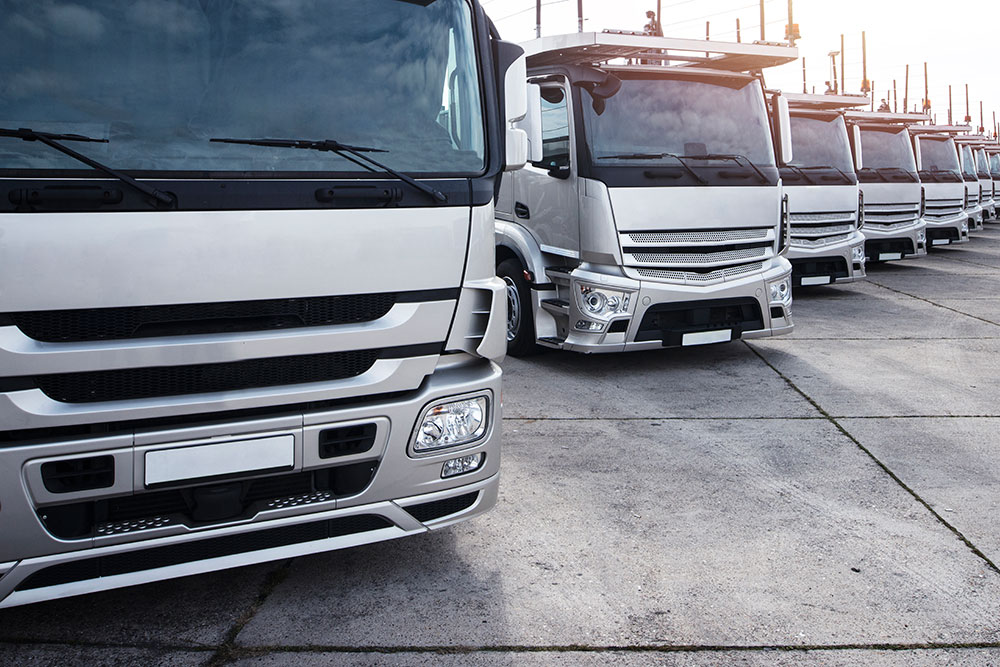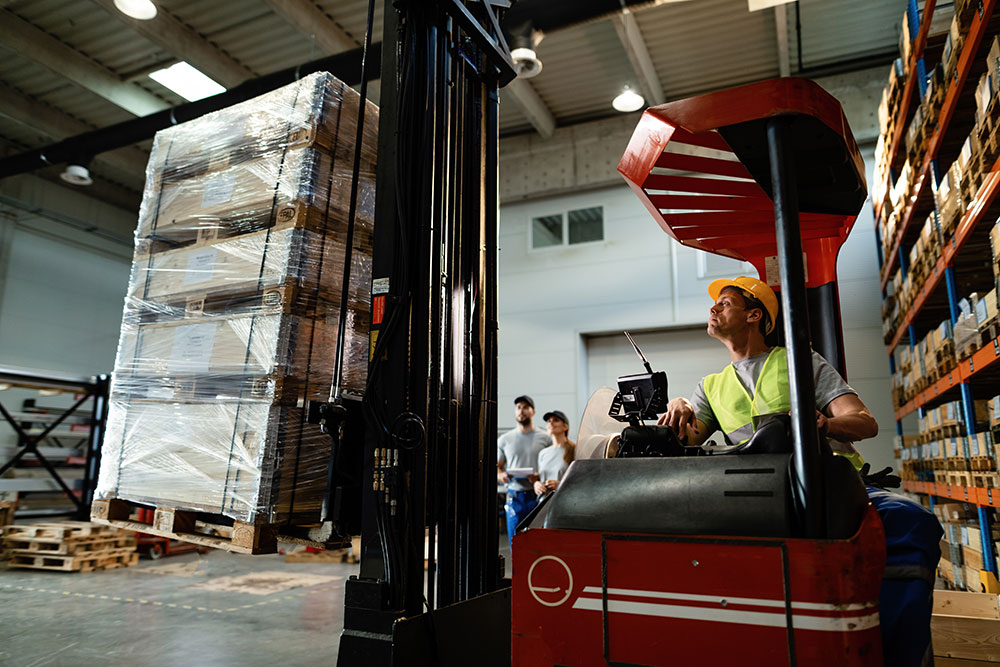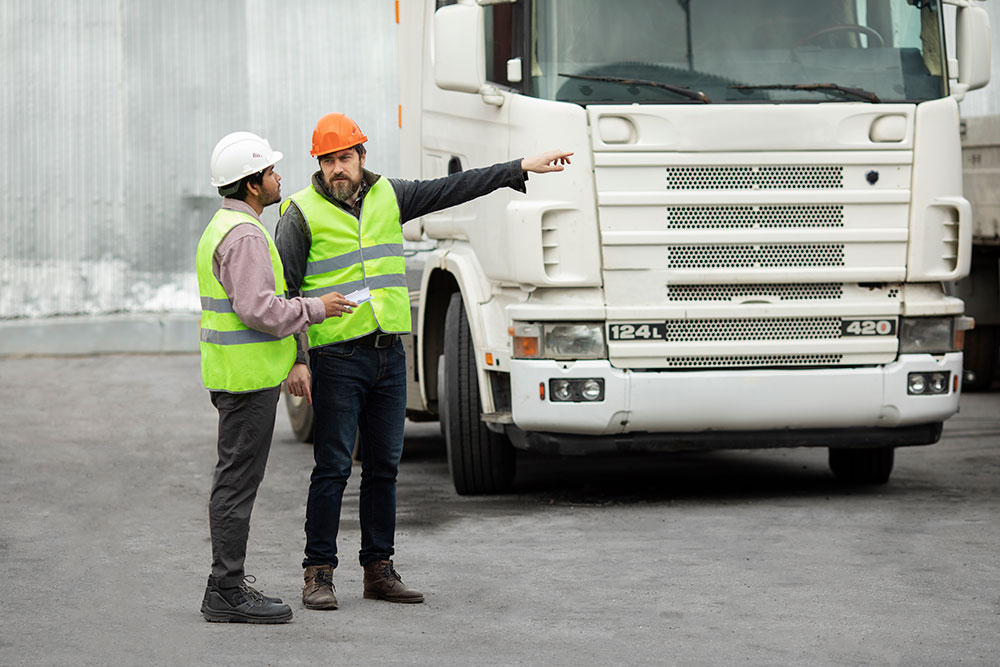Understanding the dynamics of trucking and commercial vehicle operations requires a deep consideration for safety, accountability, and efficiency. As such, it’s pivotal to acknowledge the role of camera systems in this intricate web. This article goes in-depth into understanding why cameras for trucks aren’t just an accessory, but a necessary tool for commercial use. Delving into its relevance in commercial trucks, buses, and forklifts, we shall also explore the different types of cameras and how their monitoring and recording capabilities significantly impact safety.
Importance of Camera Systems in Commercial Trucks
Commercial trucks’ camera systems significantly enhance safety by augmenting drivers’ visibility and reducing blind spots, thus preventing accidents. They boost accountability, encouraging better driving behaviors while providing impartial incident evidence. These systems attract lower insurance premiums acknowledged by the Insurance Institute for Highway Safety (IIHS). Besides, they facilitate employee monitoring, ensuring adherence to safety protocols and company policies. Syncing cameras with GPS offers real-time vehicle tracking, valuable for improving operational efficiency. On-board footage serves as a teaching aid for newer drivers, promoting road safety. Camera systems shield against fraudulent practices like staged accidents, offer clear delivery proofs, stimulate improved fuel efficiency, and mitigate maintenance expenses by timely scheduling and identifying destructive driving habits.

Importance of Camera Systems in Bus
Camera systems in buses play a crucial role in ensuring passenger safety, deterring risky behavior, and providing vital data in accident or dispute scenarios. They hold drivers accountable, fostering adherence to traffic rules and safe driving habits. These systems are useful in investigations by providing objective evidence, enhancing operational efficiency, and discouraging vandalism. Furthermore, they guard against unauthorized entry, facilitate real-time monitoring and promote pedestrian safety. By encouraging compliance, these systems protect against false claims and aid in insurance processes. They act as a valuable tool in driver training and customer service improvement, promising elevated overall satisfaction, thereby demonstrating their importance far beyond mere security measures.
Importance of Camera Systems in Forklift
Camera systems in forklifts are instrumental in enhancing safety, efficiency, and compliance. They expand the operator’s field of view, alleviating blind spots and reducing the chance of accidents. Further, they streamline cargo placement, reduce product damage, and decrease financial costs from potential insurance claims. Regulations in some areas necessitate these systems, safeguarding against non-compliance. Some cameras offer recording capabilities, defending against false claims and serving as effective training tools. Advanced systems even boast night vision and 3D functionality for superior guidance. Hence, cameras in forklifts are more than a safety feature; they contribute to operational efficiency and cost savings.

Types of Cameras for Commercial Use
Commercial trucks require various types of cameras, each serving a distinct purpose. Dash Cams continually record the front vehicle view, while Backup Cameras enhance safety by avoiding reverse collisions. Side View and Front View Cameras offer greater visibility, reducing chances of accidents. CCTV Cameras help monitor the vehicle’s interior and exterior, aiding in theft or accident investigations. Multipurpose Cameras, Heavy Duty Cameras, and Infrared/Night Vision Cameras are versatile and robust, handling multiple terrains and lighting conditions. Wireless Camera Systems offer easy installation, while GPS Integrated Cameras provide tracking details. With 360 Degree Cameras and Telematic Cameras, blind spots are minimized and driver behavior can be analyzed for improved performance.
Impact on Safety: Monitoring and Recording
Truck cameras contribute significantly to road safety. They enhance visibility, aiding in accident prevention, with RoSPA reporting a 20% reduction in severe accidents. Modern systems also monitor driver behavior, encouraging adherence to traffic rules and good driving habits. These cameras can detect fatigue and distraction, prompting necessary interventions. They provide vital records for insurance purposes, ensuring fair liability determinations while potentially lowering premiums. Offering accountability and transparency, these tools enhance safety training and fleet management efficacy. They also ensure safety in cargo handling and serve as deterrents against theft and vandalism, further bolstering overall security.

In the realm of commercial transportation, truck camera systems have transcended from just an accessory to a requirement. Enhanced safety, accountability, and efficiency are critical factors in this sector that can’t be undermined. From commercial trucks, buses, to forklifts, different types of camera systems play significant roles in shaping the whole transportation experience. As this article has explored, the importance of these camera systems extends beyond ordinary use. They work as silent custodians that have an undeniable impact on safety. Therefore, investing in their use is an investment in sustainable transportation.